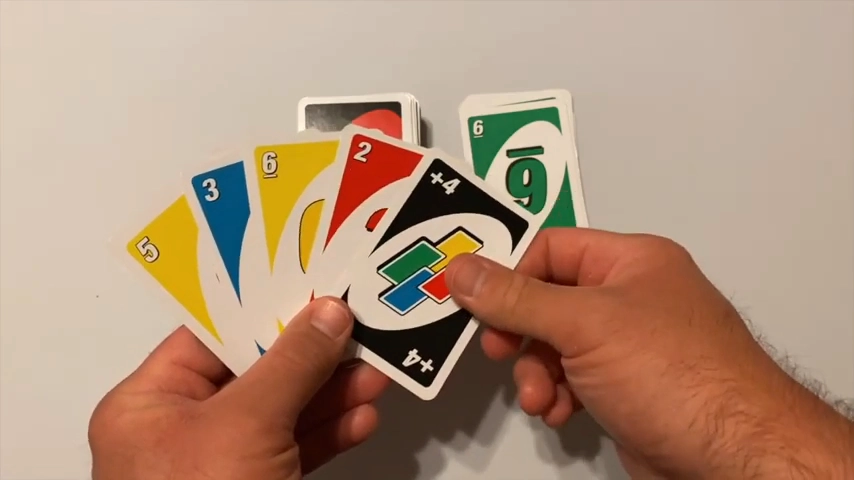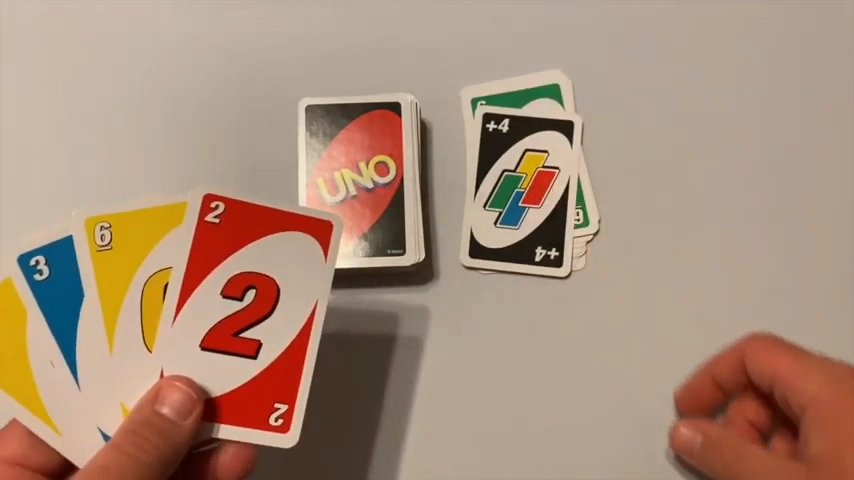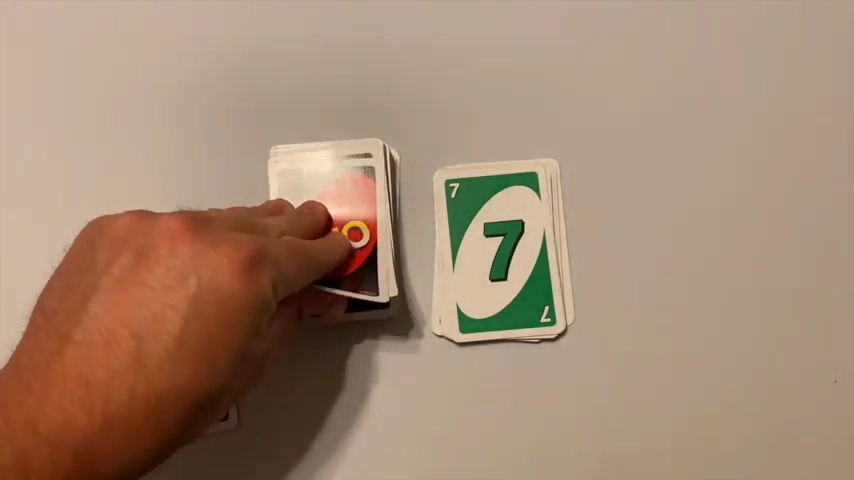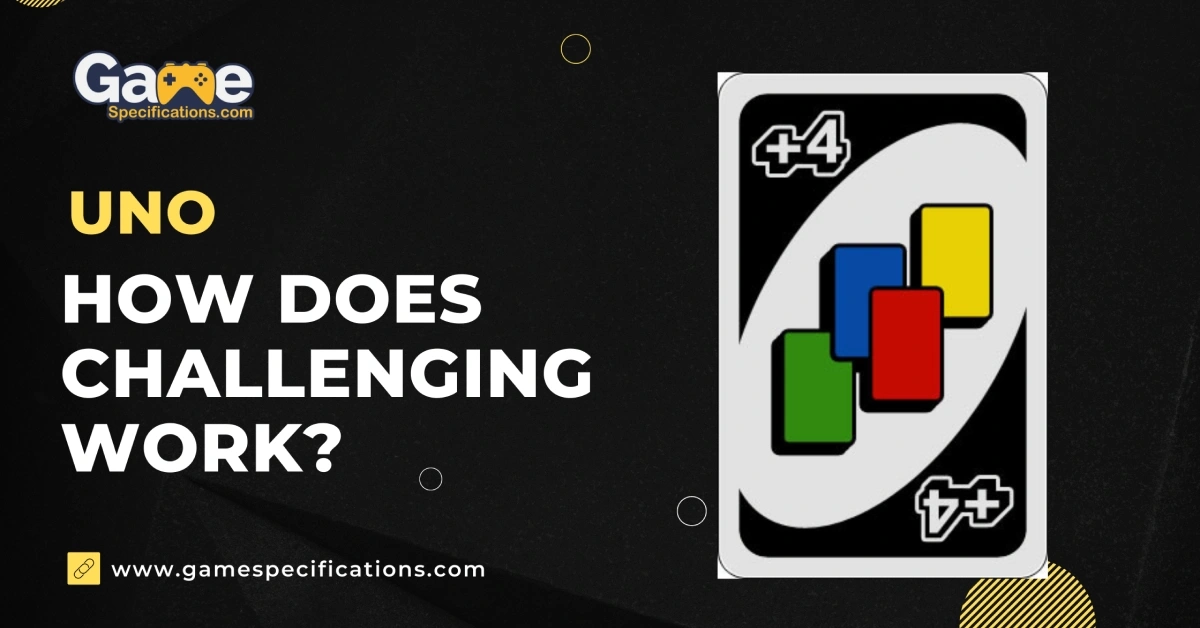Uno is a game we all know and love, and learning the game is a childhood core memory for almost everyone. We are all familiar with the rules with even cases of making our own house rules when we play the game. However, there is one particular rule that exists that no one knows about and no one talks about, sort of like the fight club of rules, but it’s time we change that, and once someone comes to know if this rule, the question that immediately comes in their mind is “How does challenging work in Uno?”
This article will attempt to answer this question so that the next time you can play Uno with your friends; you can use this rule to surprise them and win the game or get out of a tricky situation. That much being said, let us waste no further time and begin answering the question, “How does challenging work in Uno?”
How Does Challenging Work In Uno?
If you have read the Uno rules, you might most likely find out that you’ve been playing the game all wrong until now. That was the case for a Facebook user named LaToya McCaskill Stallings, who read the rules and discovered that she’s been playing the game all wrong. This realization of Stallings took the internet by storm as she shared her findings on the challenging that can be done in Uno.
Now let us see what Challenging is in Uno and how it works. However, before we talk about challenging in Uno, we will need to talk about the Wild Draw 4 Rule that not many people know about.
The Wild Draw 4 Rule
When you are playing Uno you can use Wild, Skip, Reverse and Draw 2 at any time of the game. However, according to the official rules of Uno, you cannot use one particular special card at any time, which is the Wild Draw 4 Card or the +4 Card.

You are not allowed to use Wild Draw 4 Cards whenever you want to.
This information changes everything as most people use the Wild Draw 4 Card whenever they want to, especially if the person after you is about to win and you want to screw them over.
How Does Challenging Work In Uno? The official Uno rules state that –
“A player can only make use of the Wild Draw 4 Card if he or she does not have another card with them that matches with the color of the previously played card”

This is not the official Uno rule verbatim and is a heavily paraphrased version of the rule, but the idea remains. This may come off as a shock and a bit frustrating to you, knowing that you cannot play the +4 Card whenever you want to, considering how almost all of us have put it whenever we wanted to.
After reading this you might be wondering something along the lines of how no one else will be able to see the card then how will the other players know that you are making use of the +4 cards not in the correct way? Uno has a rule for that, and that is the Challenge Rule.
This is why the Wild Draw 4 rule is fundamental to the aspect of Challenging in the game Uno.
The Challenge Rule
How Does Challenging Work In Uno? The Official Uno rule of the challenge is stated below. One must remember that this is not verbatim and is a paraphrased version of the official rule.
If you, while playing Uno, suspect that another player has played the Draw 4 Wild Car without following the rules. That is, while he or she has another card that can be played with the same color, you can challenge them.
If the player is challenged, they will have to show all the cards they have to the person who challenged them.
If the player who is challenged is found guilty, then he or she will have to take 4 cards from the deck and an additional two cards. The person who is challenged will have to collect a total of 6 cards.

One must also remember that not everyone can challenge the player if he or she puts the Draw 4 Wild Card. The only person who will be able to challenge the other player will be the one who will have to draw the four cards when the other person puts in the Wild Draw 4 Card.
This rule does not mean you can’t put a Draw 4 Wild Card just to screw over the person coming after you. You only need to ensure that the player coming after you is not aware of these rules and cheats a bit. But if your fellow players are well versed in the Uno rules, you will need to work on your poker face to convince the others that you had no other card to play other than the Wild Draw 4 Card.
Maybe a bit of Oscar-worthy performance could result in you getting away without having to draw four cards and at the same time, screw over the person following you. After all, we will do anything to win an Uno game, won’t we?
FAQS
How do you challenge a plus 4 in UNO?
If you suspect that the player opposite you has used a draw 4 Card even if they have other cards of the same color, you can challenge them.
Can you challenge a draw 2 in UNO?
No, you cannot challenge a draw 2 in UNO.
What is an illegal Draw 4 in UNO?
Stacking Draw 4 cards is not permitted in the Rules of Uno, so one can classify this as illegal.
Conclusion
How does Challenging work in Uno is the first and only question that pops up in the minds of the Uno players once they come to know of the Challenge Rule. This article has covered everything that you need to regarding the topic of the Challenge Rule in an attempt to answer the question “How Does Challenging Work In Uno?” so that all the doubts and queries that arose in your mind related to this topic can be wiped clean.
Everything related to the Challenge Rule that you need to know about has been mentioned in this article.
Hopefully, this article has been insightful and informative and provided you with the answer that you were looking for so that you can outsmart your friends the next time you play Uno!
Read More
Is Bioshock A Horror Game? The Best In-Depth Analysis
AC Rogue Vs Black Flag – Complete Comparison Between Two Masterpieces




